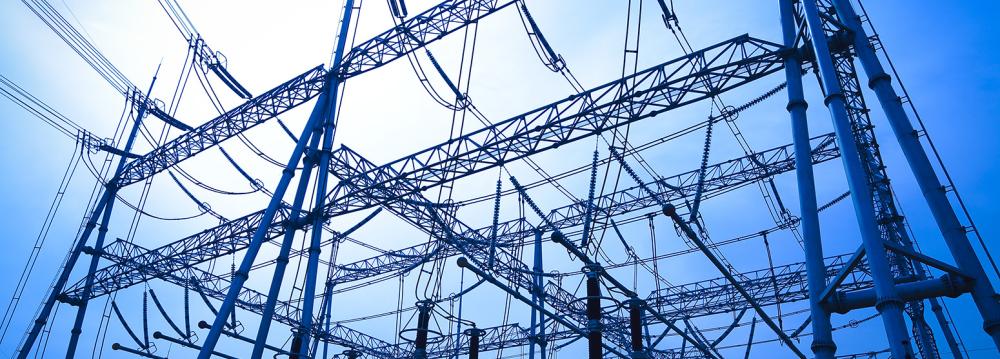Iran should play a central role in production and supply of electricity in the region by 2021, the last year of the sixth five-year development plan, Alireza Daemi, deputy energy minister for planning and economic affairs, said.
"We should become a regional energy hub by the end of the sixth plan (2016-21)," Daemi told a news conference on Monday, IRNA reported.
The country should emerge as a pillar of the integrated energy market among its neighboring countries, which can and will contribute to security and stability in the region, the official said.
"For years, Iran has been an electricity exporter to Iraq, Syria, Turkey, Pakistan, Afghanistan as well as the countries in the north including Turkmenistan and Azerbaijan," Daemi recalled.
Iran should generate around $770 million (3 trillion rials) per year from electricity exports, the official was quoted as saying.
The country is taking steps to boost its energy trade with neighbors. Iran and Azerbaijan are in talks over synchronizing their power grids.
Electricity export capacity to Turkmenistan is also expected to grow three times the current level upon the completion of a 400-kilovolt power transmission line.
However, with a population of 80 million and the pattern of rising demand for electricity at home, Iran faces a daunting task to fulfill its energy aspirations.
Iran is among the world's top 20 electricity consumers, but this ranking has less to do with economic growth and more with a profligate consumption culture.
Officials and economic experts have for long singled out the cheap price of electricity as the main culprit behind the excessive consumption and waste.
According to Energy Minister Hamid Chitchian, Iran's electricity is one of the cheapest in the world while power consumption is almost three times higher than the global average.
Power consumption in Iran is nearly five times the amount in Turkey, according to a report by the Iran Power Generation, Transmission and Distribution Management Company last year.
A Tall Order
But this is not the whole story. Already through the first year of the sixth economic, social and cultural development plan (2016-21), the macro agenda is still awaiting final approval by the legislature after months of debate. The outlines of the plan were endorsed by the law-making institution at the weekend.
With the five-year plan still hanging in the balance, implementation of major economic and energy projects will be shrouded in mystery.
For one, Iran is planning to raise its installed power capacity to more than 120,000 MW in 10 years, which translates into more than 5,000 MW in new capacity building every year; a tall order that looks unlikely to be achieved at the current pace of development.
With installed output capacity of more than 75,000 megawatts, Iran ranks 14th in the world and first in the Middle East in terms of power generation.
Around 62,000 MW, or more than 80% of total electricity output, is generated from thermal plants that burn fossil fuels.
In addition, 12,000 MW comes from hydroelectric plants and only 1,000 MW from nuclear power, with the share of all forms of renewable energy sources, such as wind and solar, capped below 250 MW.


